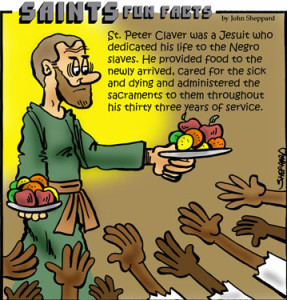
Saint Peter Claver (1581-1654)
Image: Catholic Online
(CNA) Born in Spain into a farming family, Peter would go on to study at the Univ of Barcelona and would join the Jesuits at the age of 20 — Later while studying Philosophy, Peter developed a friendship with an older Jesuit Lay Brother (who would later together with Peter be Canonized) Saint Alphonsus Rodriguez (Feast Day: 30 October)
Although St. Alphonsus spent his days doing menial work as a door-keeper, he had immense insight into spiritual matters and encouraged young Peter to become a Missionary in the Spanish colonies.
In 1610 now a Priest–Fr. Claver, arrived in Cartagena a port city (present day Colombia) despite Pope Paul III repeated condemnations of slavery during the previous century, European Colonists continued importing African Slaves that if they survived the journey would expect to be worked to death on plantations and in mines.
Fr. Peter Claver was determined to sacrifice his own freedom, to bring material aid and eternal salvation to the African Slaves in keeping with his solemn vow to become ‘the Slave of the Blacks forever,’ the young Priest made and kept this resolution despite his own health issues (aggravated by the climate) and the language barrier between himself and the population he served.
Many Spanish Royal officials in Cartagena appreciated Fr. Claver’s work and made contribution for the Slaves ‘relief and education’ — the Slave traders on the other hand found Fr. Claver and his interpreters to be a nuisance. — Meanwhile some bigoted Spanish expats, who sought out Fr. Claver because of his Holy reputation, refused to enter the same Church or Confessional as the African Slaves.
In order for Fr. Claver to minister to African Slaves who spoke a different language, he would often employ ‘pictorial representations’ of Catholic truths and would effectively communicate by generosity, expressions of love, together with giving food and drink to the ailing Slaves and would visit with them during times of illness which often times proved fatal to them.
“We must speak to them with our hands,” Fr. Claver reasoned,
“before we try to speak with our lips.”
In keeping with his vow of ‘Slavery’ Fr. Peter Claver survived on minimal amounts of food and sleep–his life of humility and penance, led to miraculous occurrences, as when the sick were healed with the touch of his cloak or he appeared surrounded by a supernatural light during his hospital visits.
Fr. Peter Claver’s work came to an end with his death in September 1654 he had Baptized and had taught Christianity to more than 300,000 African Slaves during his four decades in Cartagena — The city Magistrates ordered that he should be buried at public expense with great ceremony.
In 1851 Fr. Peter Claver was Beatified by Pope Blessed Pius IX and Canonized together with his friend St. Alphonsus Rodriguez in 1887 who declared St. Peter Claver, the worldwide patron of missionary work among Black Slaves.
More here from EWTN
Related: For Today’s Most Holy Scripture Readings for the Memorial of St. Peter Claver, Visit: -ISCCB
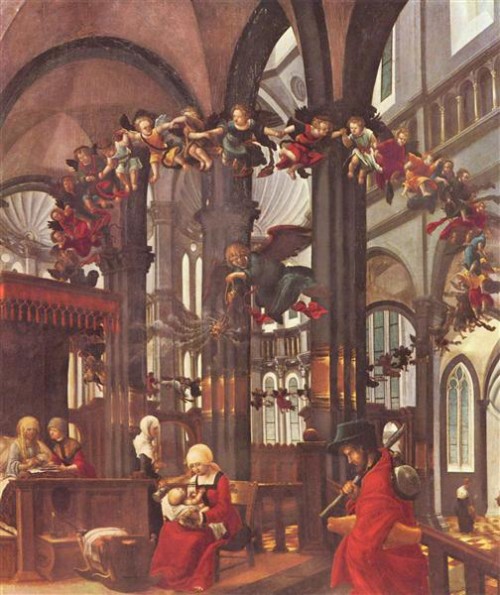 Nativity of the Blessed Virgin Mary
Nativity of the Blessed Virgin Mary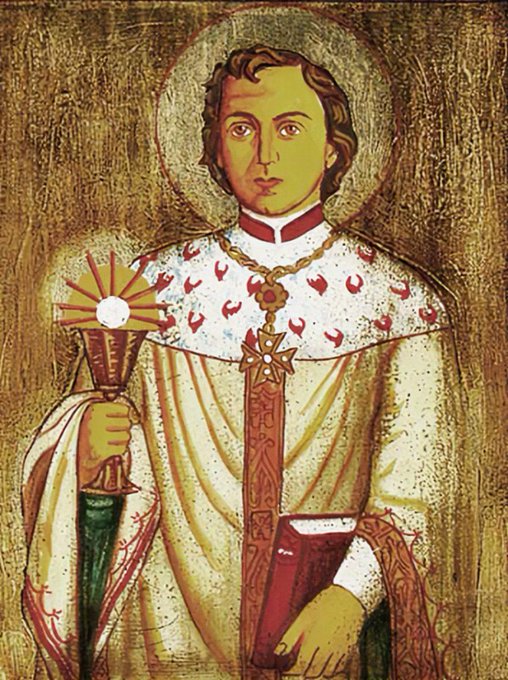
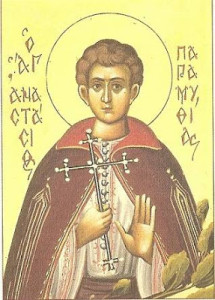
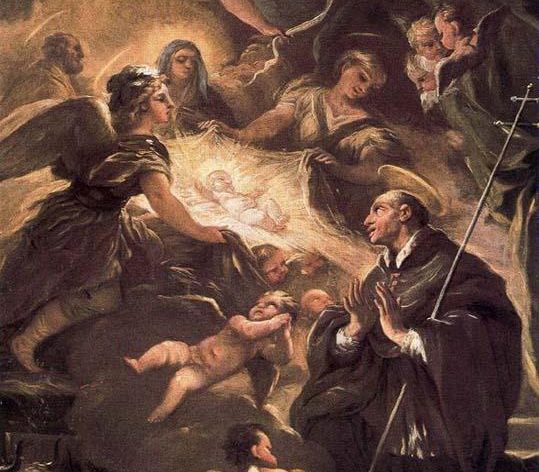
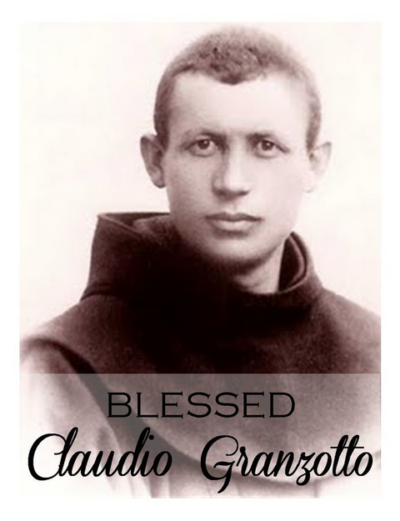 Blessed Claudio Granzotto (1900-1947)
Blessed Claudio Granzotto (1900-1947) Mother Teresa (1910-1997)
Mother Teresa (1910-1997)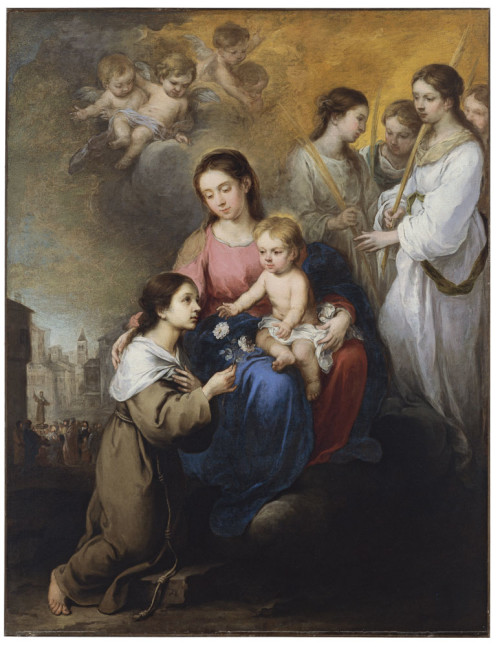 Painting: ‘The Virgin and Child with Saint Rose of Viterbo’
Painting: ‘The Virgin and Child with Saint Rose of Viterbo’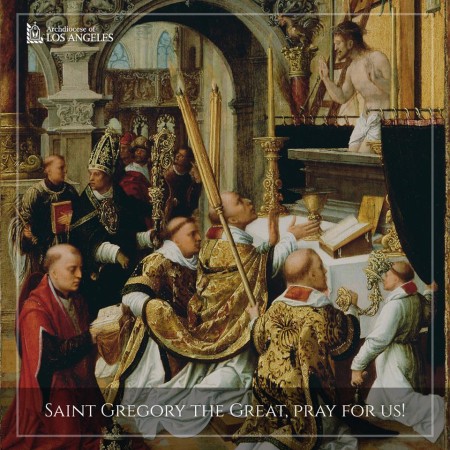 Pope Saint Gregory the Great (540-604)
Pope Saint Gregory the Great (540-604)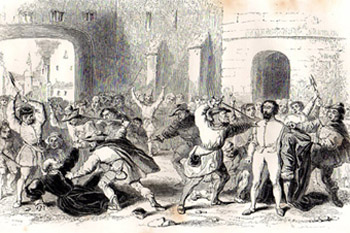 French Martyrs for Christ of the September Massacres
French Martyrs for Christ of the September Massacres